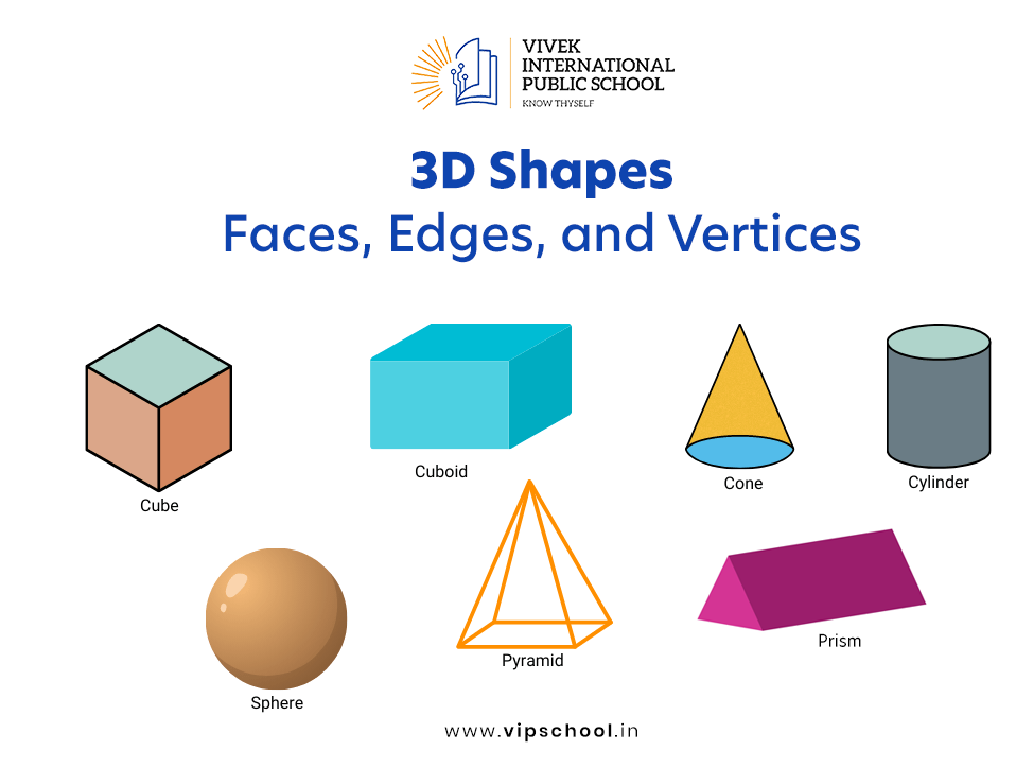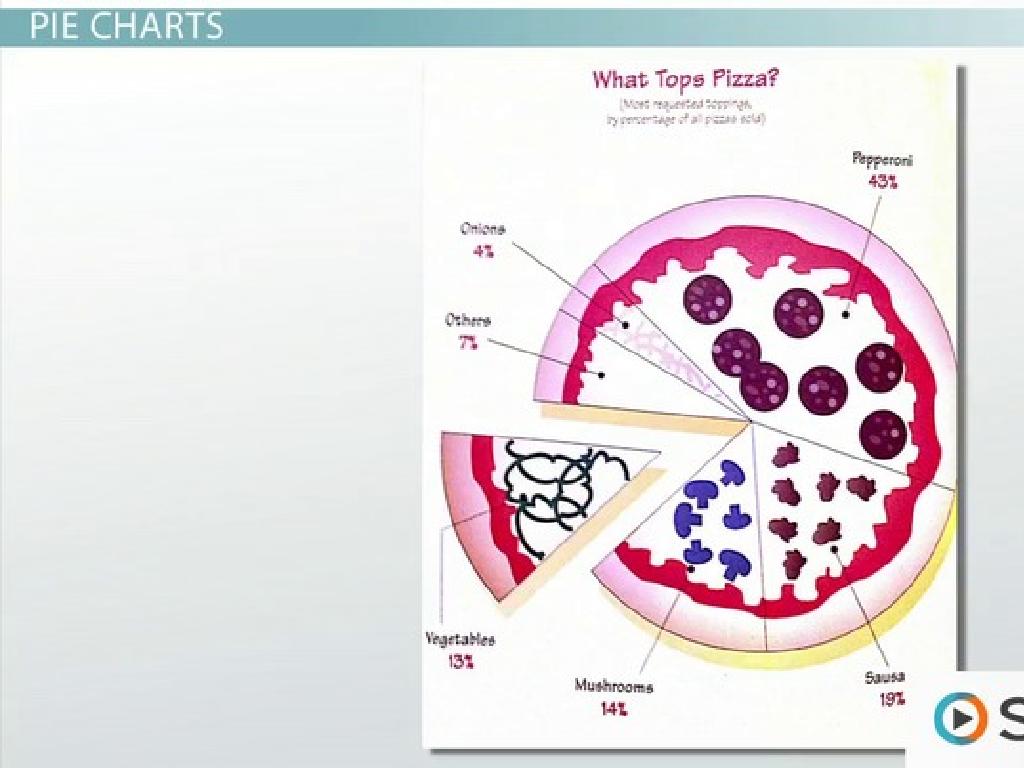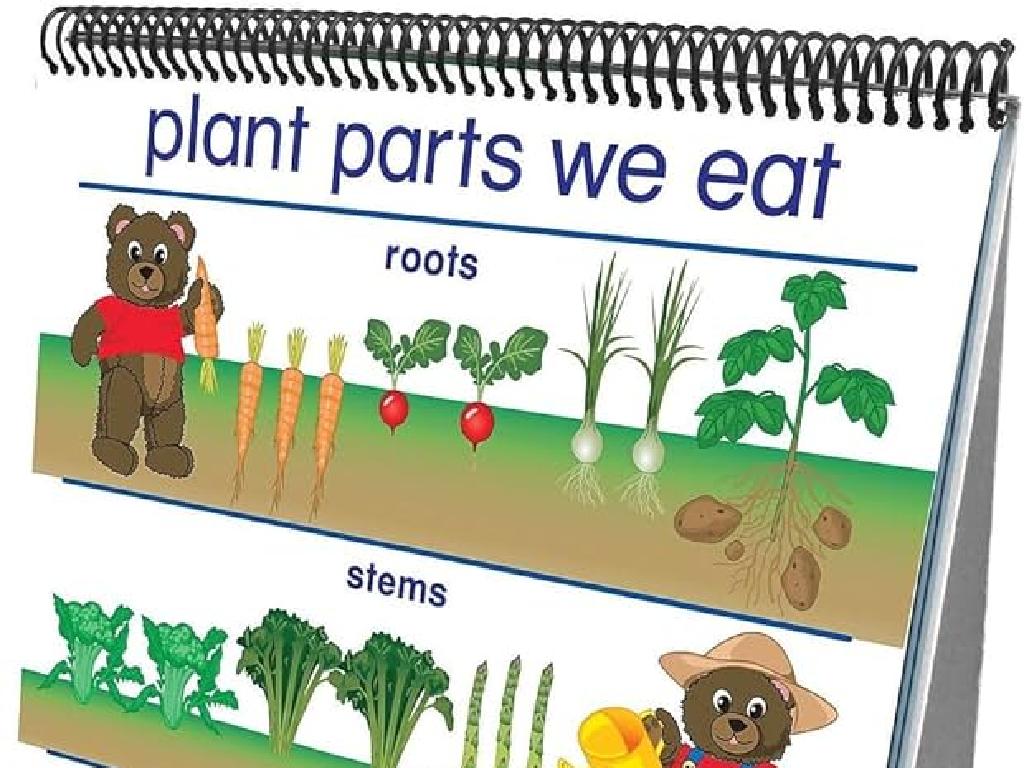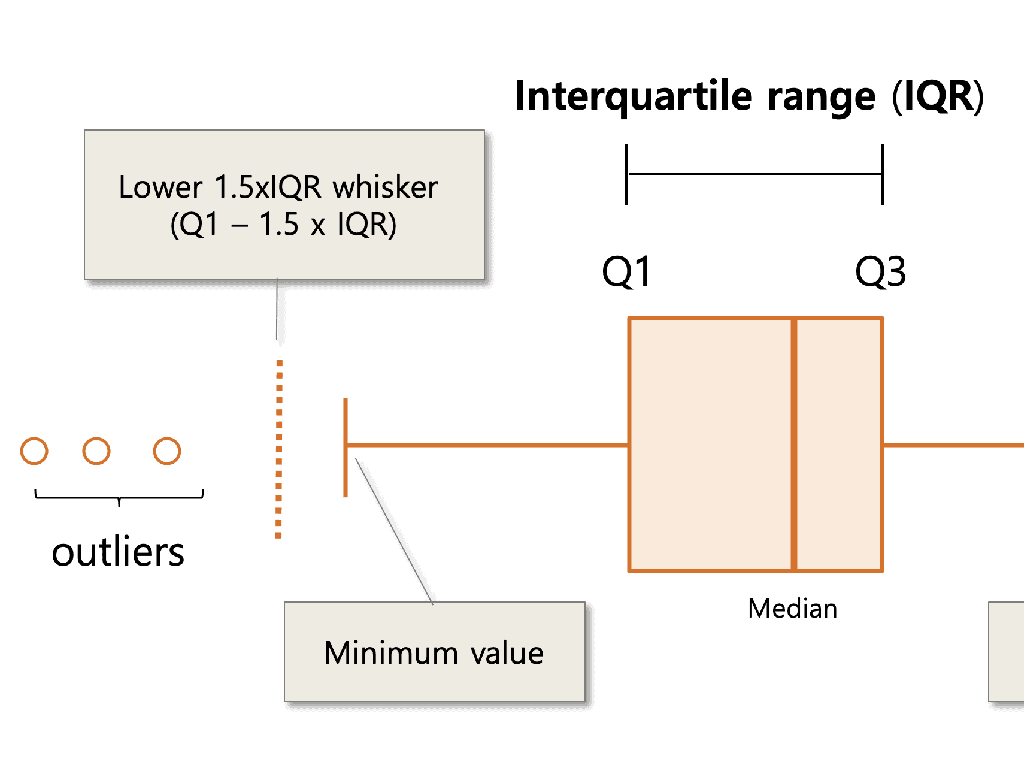Describe Ecosystems
Subject: Science
Grade: Seventh grade
Topic: Ecosystems
Please LOG IN to download the presentation. Access is available to registered users only.
View More Content
Welcome to Ecosystems!
– Exploring our environment
– Defining an ecosystem
– A community of living organisms interacting with their physical environment.
– Ecosystem examples
– Rainforests, deserts, and oceans are different types of ecosystems.
– Observing local ecosystems
– Look around your community for smaller ecosystems like parks or ponds.
|
This slide introduces students to the concept of ecosystems within the broader topic of understanding our environment. Begin by discussing the environment as the surroundings or conditions in which a person, animal, or plant lives or operates. Then, define an ecosystem as a system that includes all living organisms in an area as well as its physical environment, functioning together as a unit. Provide examples of ecosystems such as rainforests, deserts, and oceans to illustrate the diversity of ecosystems. Encourage students to think about and observe local ecosystems, such as a school garden or nearby park, to understand that ecosystems vary in size and complexity. This will help students recognize the interconnectedness of life and the importance of every component within an ecosystem.
Key Components of Ecosystems
– Biotic vs. Abiotic Factors
– Biotic: living things; Abiotic: non-living elements like water, sunlight
– Interaction of Living & Non-Living
– Living things need non-living elements to survive; they form a complex web
– Roles: Producers, Consumers, Decomposers
– Producers make food from sunlight, consumers eat others, decomposers break down waste
|
This slide introduces students to the fundamental components that make up an ecosystem. Biotic factors refer to all the living components of an ecosystem, such as plants and animals, while abiotic factors include the non-living elements like water, sunlight, and minerals that support life. Students should understand how these factors interact to create a balanced environment. The roles of producers, consumers, and decomposers are crucial in the flow of energy through an ecosystem. Producers, like plants, create their own food through photosynthesis. Consumers, such as animals, depend on other organisms for food. Decomposers, including fungi and bacteria, play a vital role in breaking down dead material and recycling nutrients back into the ecosystem. Encourage students to think of examples within each category and consider how they might interact within a local ecosystem.
Exploring Ecosystem Diversity
– Terrestrial vs. Aquatic Ecosystems
– Terrestrial: land-based, Aquatic: water-based
– Characteristics of Ecosystems
– Each ecosystem has unique features like climate, organisms
– Ecosystem Diversity
– Variety of life and conditions in different ecosystems
– Importance of Ecosystem Variety
|
This slide aims to introduce students to the concept of ecosystems and their types. Begin by explaining the difference between terrestrial (forests, deserts, grasslands) and aquatic (freshwater, marine) ecosystems. Discuss the unique characteristics that define each ecosystem, such as climate, types of organisms, and geographical features. Emphasize the diversity found within ecosystems, including the variety of species and environmental conditions. Highlight the importance of this diversity in maintaining balance in the natural world. Encourage students to think about local examples of each type of ecosystem and consider the diversity within their own region.
Energy Flow in Ecosystems
– Exploring food chains and webs
– A food chain shows how each living thing gets its food, while food webs show how chains are connected.
– The Sun: primary energy source
– The Sun provides the energy that plants use to create nutrients through photosynthesis.
– How energy transfers between organisms
– Organisms consume others to obtain energy, moving it through the ecosystem’s different levels.
– Significance of energy flow
|
This slide aims to explain the concept of energy flow within ecosystems, which is fundamental to understanding how ecosystems function. Begin with the basics of food chains and food webs, emphasizing that they represent the flow of energy from one organism to another. Highlight the Sun’s role as the ultimate energy source for nearly all ecosystems, with plants or producers capturing solar energy through photosynthesis. Discuss how energy is transferred from producers to consumers and then to decompositors, illustrating the interconnectedness of life. The significance of energy flow includes maintaining the balance of ecosystems and supporting the diverse forms of life within them. Encourage students to think about local examples of food chains and consider how energy transfer affects each organism involved.
Ecosystem Dynamics: Balance and Impact
– Balance within ecosystems
– Ecosystems thrive on a delicate balance between living organisms and their environment.
– Impact of ecosystem changes
– Changes like natural disasters can disrupt this balance, affecting all life forms.
– Human influences on ecosystems
– Pollution, deforestation, and urbanization can significantly alter ecosystems.
|
This slide explores the intricate dynamics of ecosystems, emphasizing the importance of balance for the survival of species and the health of the environment. Students should understand that ecosystems are complex networks where each organism plays a role in maintaining equilibrium. Any change, whether natural or human-induced, can have cascading effects. Highlight examples such as the introduction of invasive species, climate change, and habitat destruction to illustrate human impact. Encourage students to think critically about their actions and the broader implications for the planet’s ecosystems.
Exploring Local Ecosystems
– Identify community ecosystems
– Parks, ponds, and forests in our area
– Observe local ecosystem elements
– Look for plants, animals, and how they interact
– Discuss ecosystem significance
– Ecosystems support biodiversity and life balance
– Reflect on human impact
– Consider how our actions affect these areas
|
This slide aims to engage students in understanding and appreciating the ecosystems that exist within their own community. Start by identifying different types of ecosystems that can be found locally, such as parks, ponds, or forests. Encourage students to observe these areas, noting the variety of plants and animals present, and to think about the interactions between these organisms. Discuss the vital role these ecosystems play in supporting biodiversity and maintaining a balance in the environment. Finally, prompt students to reflect on the impact humans have on local ecosystems and discuss ways to protect and preserve them. This activity can be extended by planning a field trip to a local ecosystem, allowing students to experience these concepts firsthand.
Class Activity: Ecosystem Exploration
– Construct a mini ecosystem model
– Discuss ecosystem observations
– Observe plant growth, animal interactions, and changes over time
– Reflect on ecosystem protection
– Consider human impact and conservation efforts
– Share findings with the class
|
This activity is designed to engage students with hands-on learning by creating their own miniature ecosystems, using materials like soil, plants, and water to simulate a small-scale natural environment. Students will work in groups to build their models and then observe the interactions within their ecosystems over time. After the observation period, groups will discuss their findings, focusing on the relationships and dependencies between different components of the ecosystem. The reflection part of the activity will encourage students to think critically about the human role in ecosystems and brainstorm ways to protect these environments. Possible activities include creating terrariums, aquariums, or bottle ecosystems. Teachers should facilitate discussions, provide materials, and guide students through the reflection process, emphasizing the importance of biodiversity and conservation.





